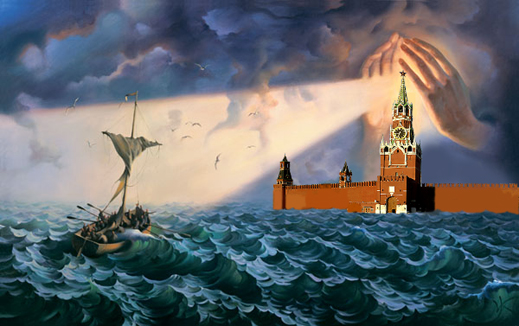
By John Helmer, Moscow
Data: The latest report from Emerging Portfolio Fund Research (EPFR) of Boston shows that funds investing in Russian listed stocks reported net inflows for the week ending March 2. The total invested was $139 million. The last time I reported on the funds flow was a fortnight ago, when the Financial Times was misrepresenting the market sentiment towards the country and misreporting the financial performance of the oligarchs. While the latest inflow result is the smallest net inflow since the first week of January, it is still much better than the position in other emerging market (EM) country funds, all of which saw the negative outflows indicated in this tabulation prepared by Uralsib Bank today:
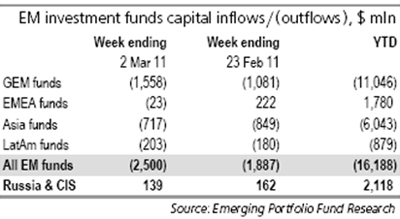
Trend: The EPFR table shows that a total of $2.5 billion net was withdrawn from EM funds in the week to March 2. That marks a ratchet up from the outflow of $1.9 billion the previous week.
Analysis: The investment bank and fund reports all agree on the interpretation that the rising oil price is putting the emerging markets and the developing economies under more inflationary pressure than the developed economies, and may soon lead to growth downgrades. In investor models, lower growth means lower earnings means lower profits means paltry dividends, so share prices fall.
Qualification: For the 14th straight week, Russia shows positive inflows, beating the trend for other EM markets, including the anchor of the investment world, China.
Conclusion: Generally speaking, investors are exiting from the EM asset class, but they are continuing to build Russia exposure. This is because Russia is a beneficiary of rising oil prices, and is more likely to see upgrades in economic and earnings growth this year. Another way of putting this is that Russian shares are viewed in the global investment universe as proxies for investment in commodities – Rosneft and LUKoil for oil, Gazprom for gas, Norilsk Nickel for nickel, Novolipetsk for steel, and so on. Rusal is a special case, because most fund managers would like to view it as a straightforward correlate for the price of aluminium, but they are negative towards the controlling shareholder, Oleg Deripaska. The EPFR evidence is that global equity funds are now buying more Russia exposure, especially in the oil and gas sector, but in oil-related assets (ports, shipping, railways) too, as, apart from Norway, Russia offers the only safe country hedge to rising oil.
Postscript: Notwithstanding the potential for loss to Russia of about $2 billion in incomplete, unsigned or undelivered military and related contracts, the Libyan crisis is adding a multiple of that to the value of Russian equities and market capitalization.


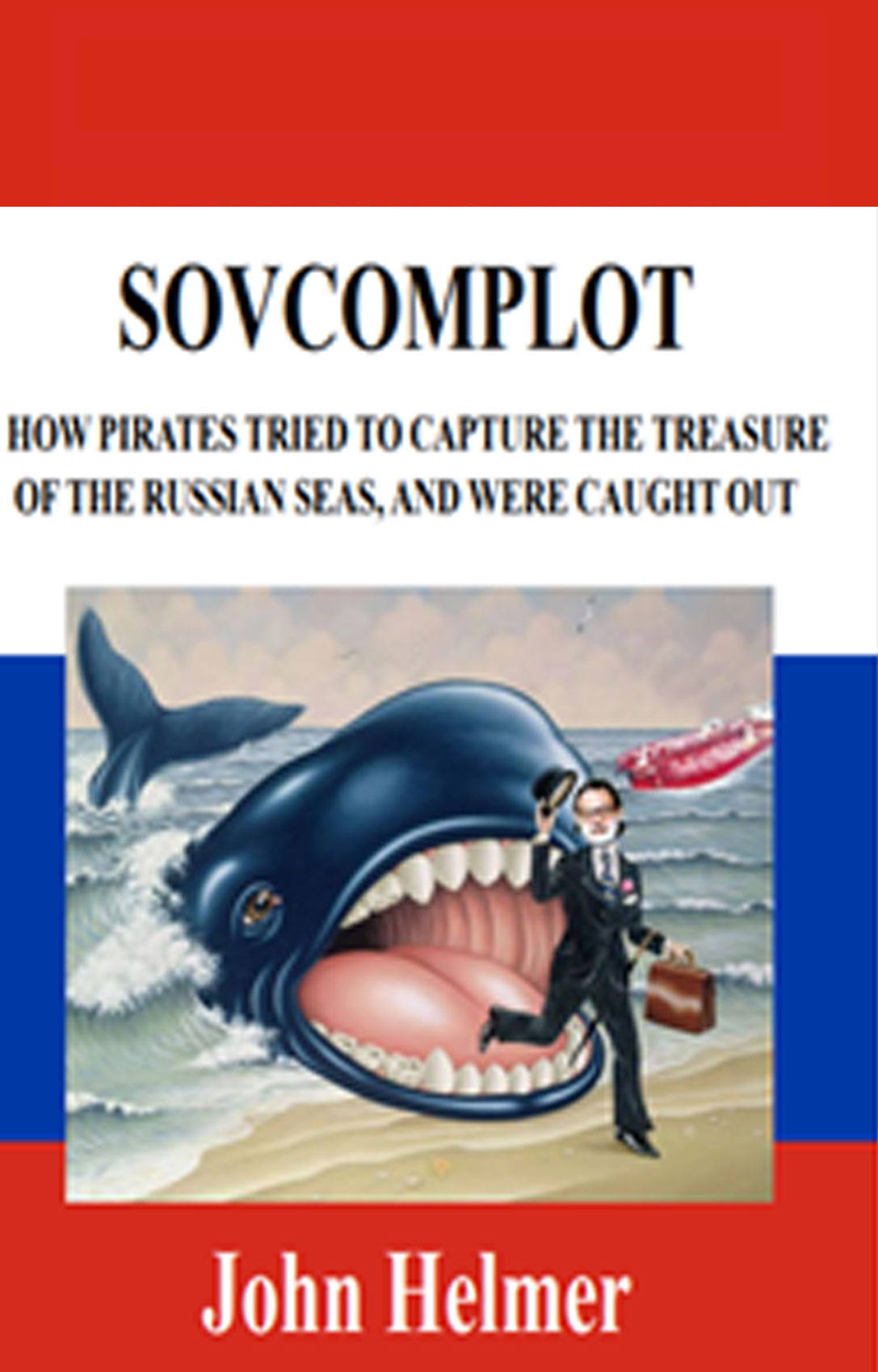

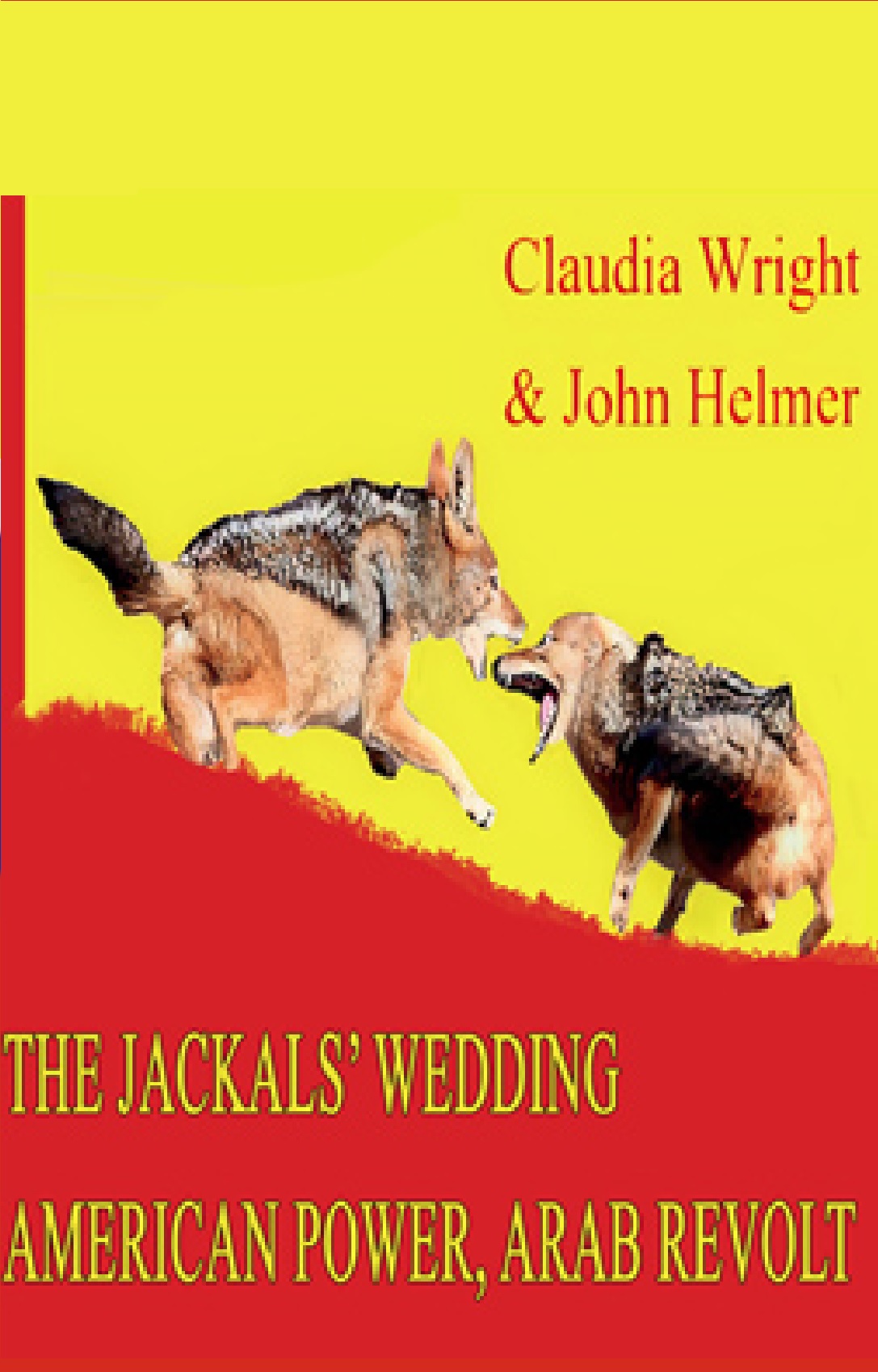
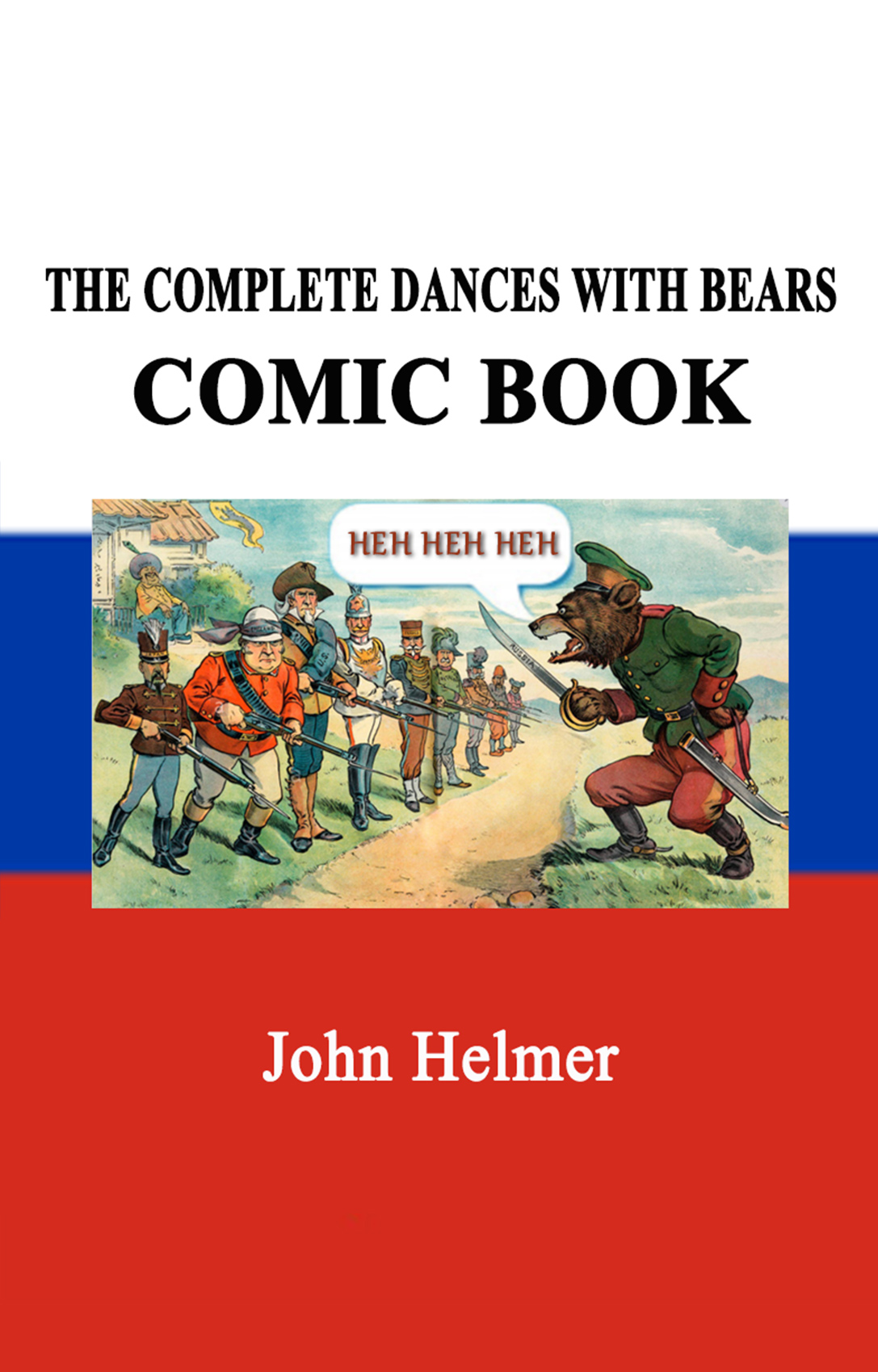
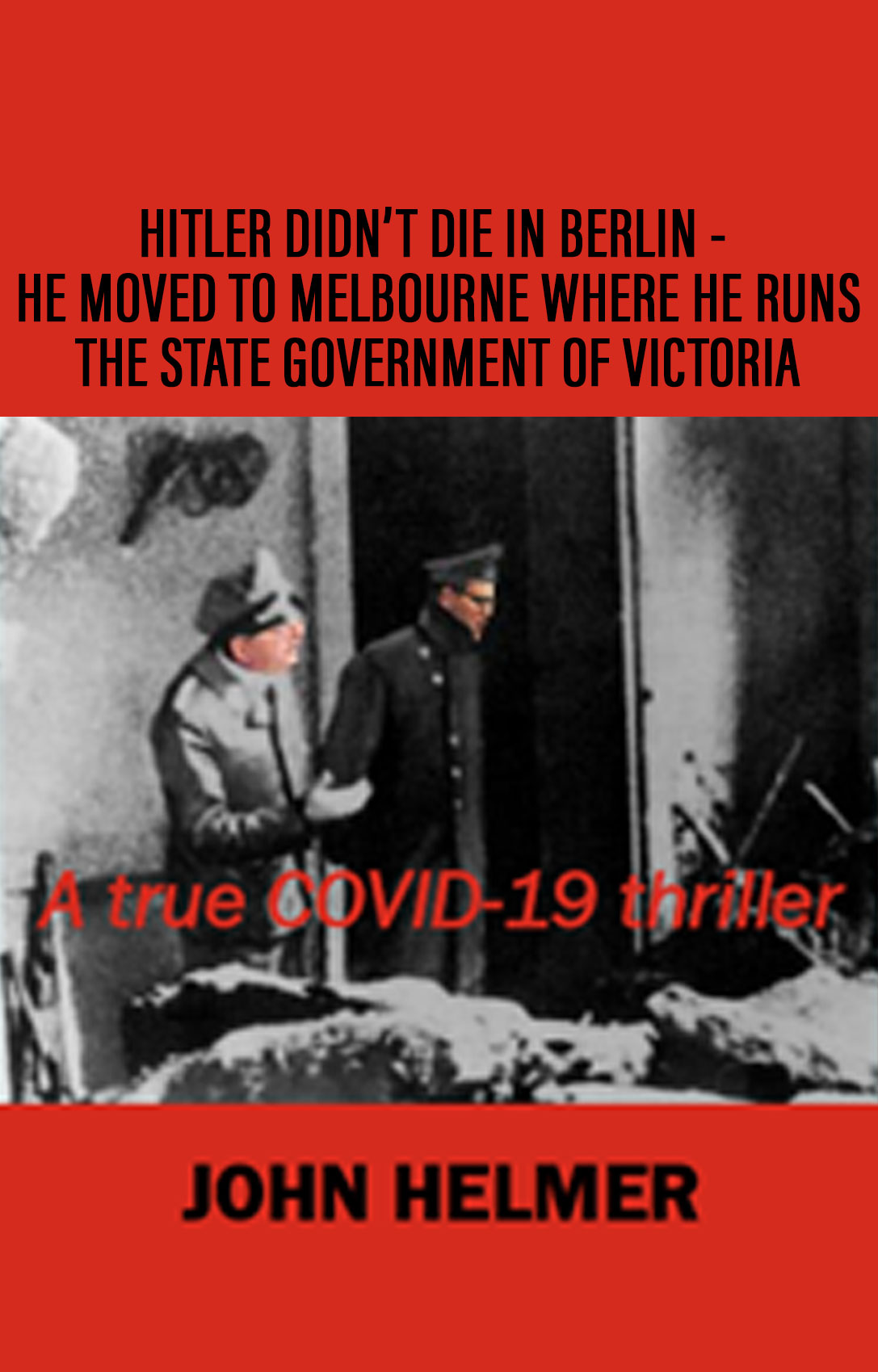
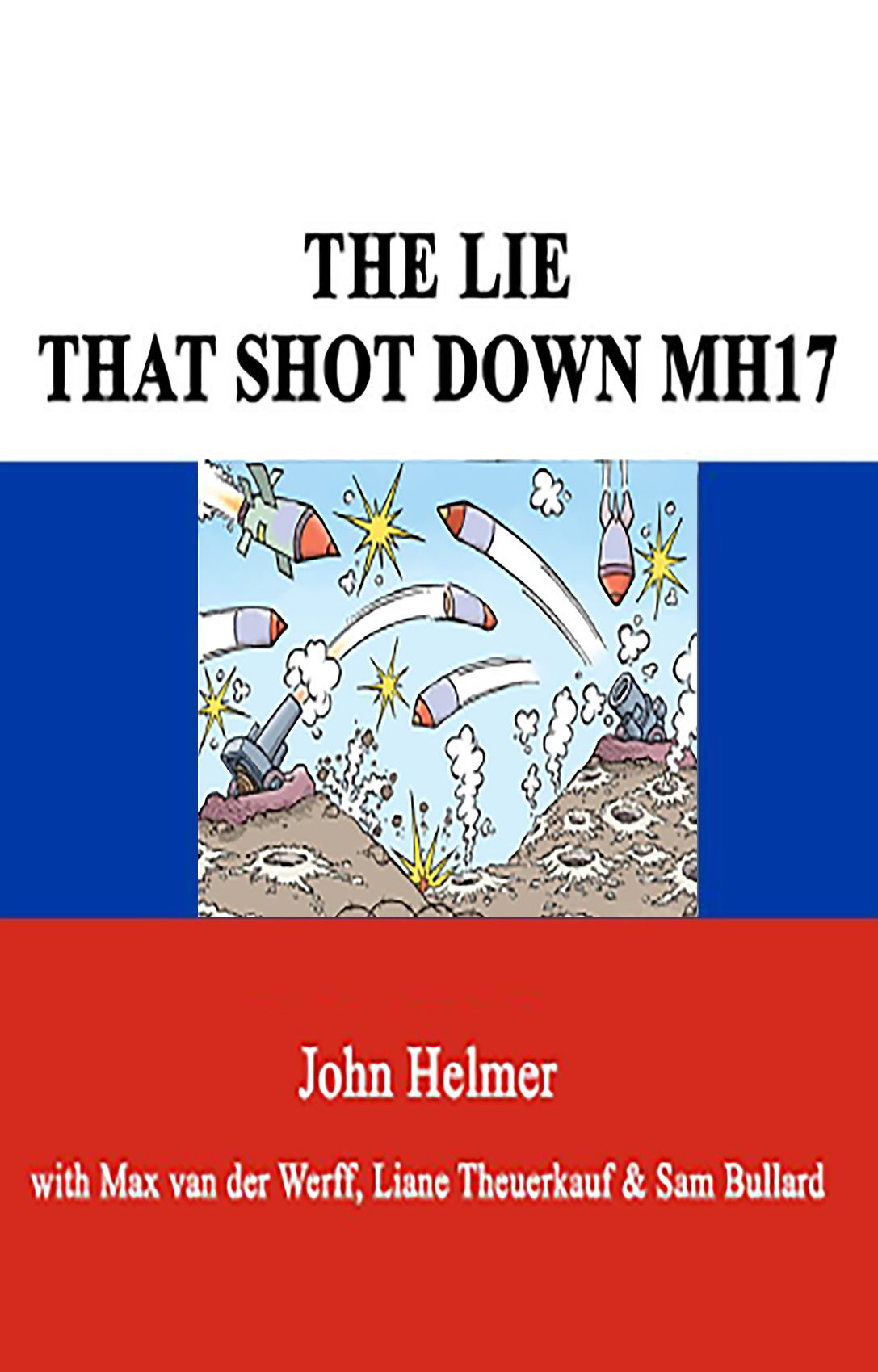
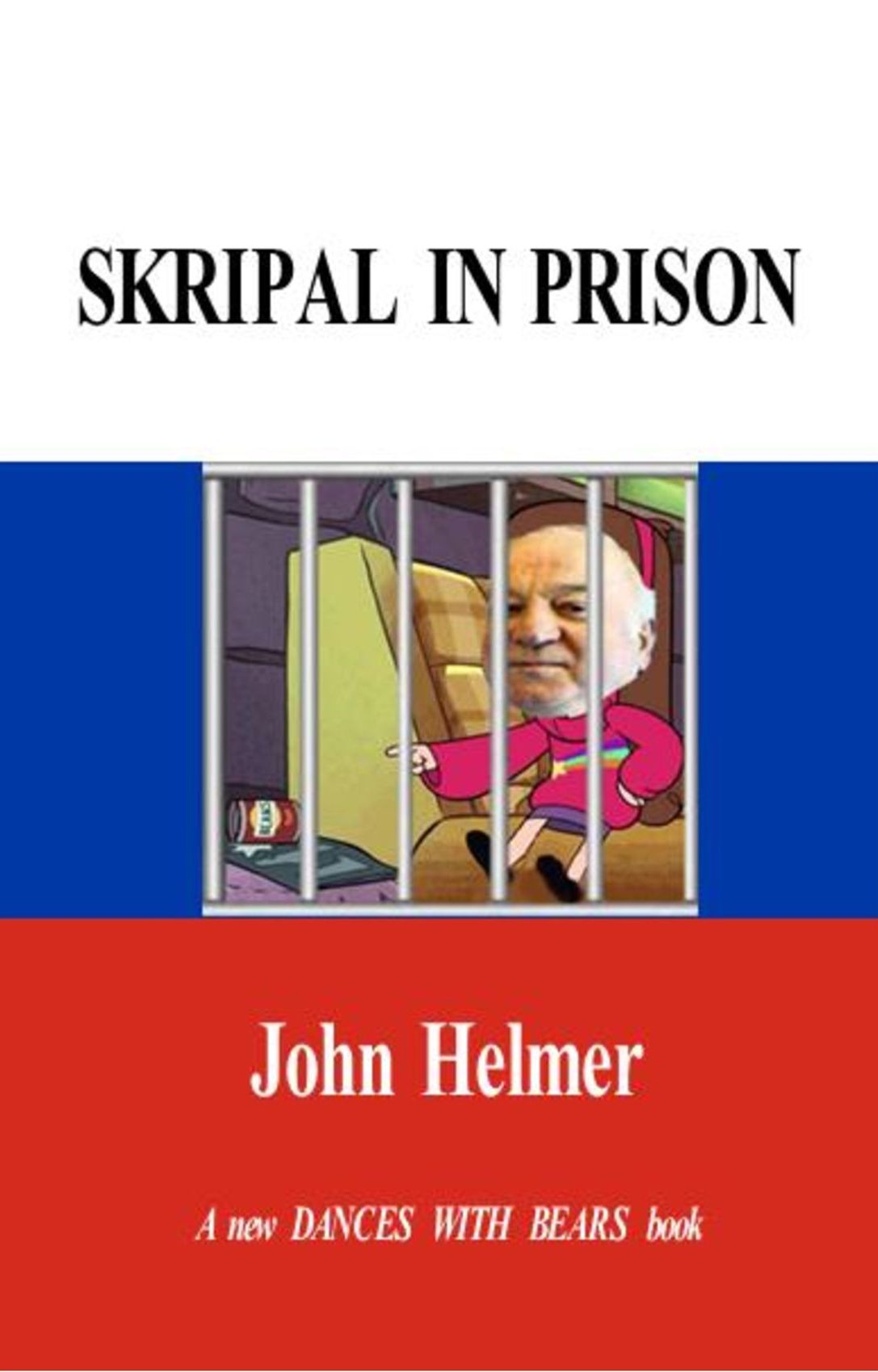
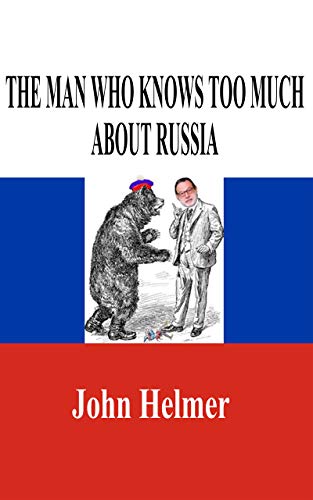
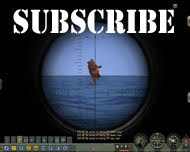
Leave a Reply